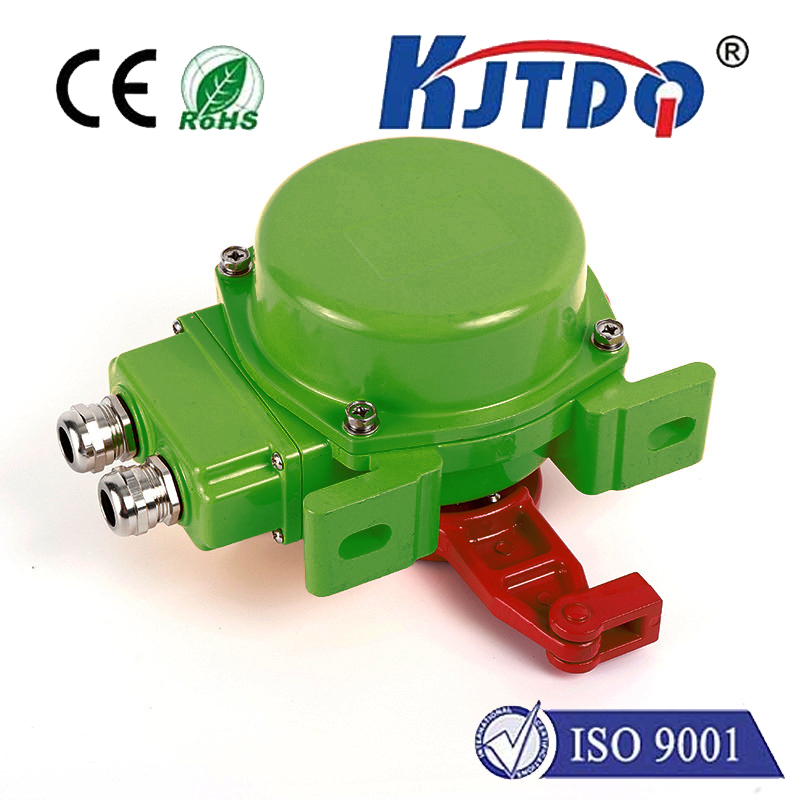

check

check

check

check

check

check

check

check

check

check
A fan high limit switch is an essential component of HVAC (Heating, Ventilation, and Air Conditioning) systems. It is designed to protect the system from overheating by shutting off the fan if it reaches a certain temperature. This switch plays a critical role in maintaining the efficiency and safety of HVAC systems in homes, offices, and industrial facilities.
How Does a Fan High Limit Switch Work?

The fan high limit switch works by monitoring the temperature of the air flowing through the HVAC system. When the air temperature exceeds the preset limit, the switch activates and sends a signal to the control board to shut off the fan motor. This prevents the system from overheating and potentially causing damage or even a fire. Once the temperature drops below the threshold, the switch deactivates, allowing the fan to restart and resume normal operation.
The Importance of Proper Functioning Fan High Limit Switches
Proper functioning fan high limit switches are crucial for ensuring the safety and efficiency of HVAC systems. If a fan high limit switch fails, it can lead to several issues such as reduced airflow, increased energy consumption, and potential equipment damage. In extreme cases, a malfunctioning switch can cause a fire, resulting in significant property damage and loss of life. Therefore, it is essential to regularly inspect and maintain fan high limit switches to ensure they are functioning correctly.
Conclusion
In conclusion, a fan high limit switch is an integral part of HVAC systems that helps protect against overheating and potential equipment damage. By monitoring the temperature of the air flowing through the system, these switches can shut off the fan motor if necessary, ensuring the safety and efficiency of HVAC systems. Regular inspection and maintenance of fan high limit switches are crucial for preventing potential issues and ensuring the continued performance of HVAC systems.









